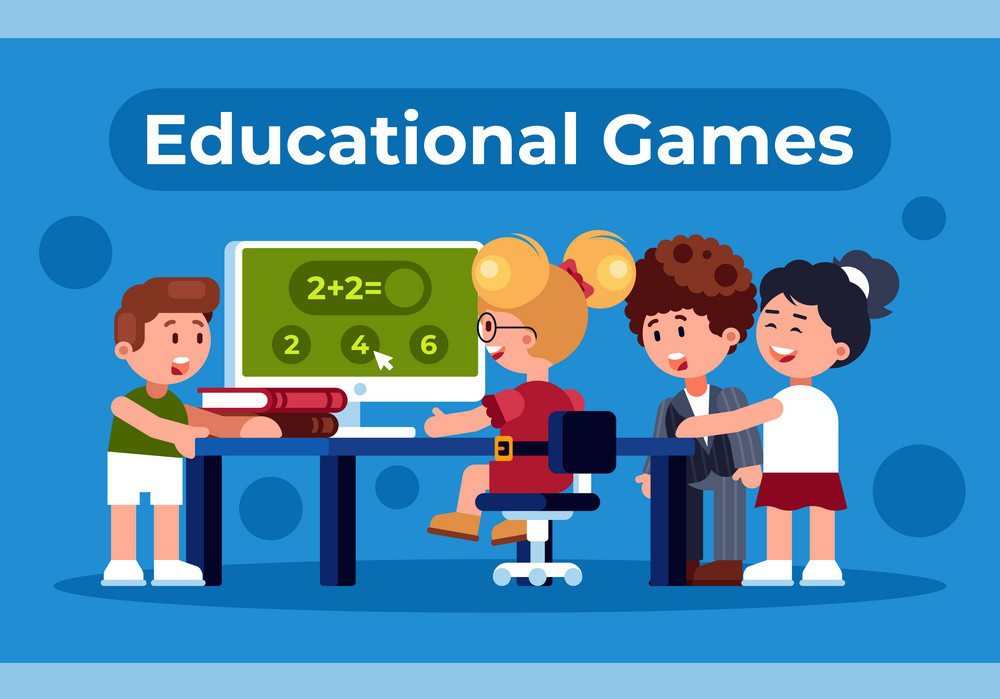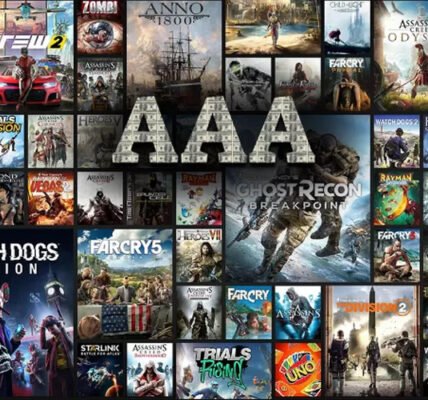In recent years, educational gaming technology has emerged as a powerful tool to engage students and foster a love for learning. With its interactive and immersive nature, educational games have the potential to transform traditional classrooms and make learning more enjoyable and effective.
Engagement Through Interactivity
One of the key advantages of educational gaming technology is its ability to engage students through interactivity. Unlike traditional learning methods that rely heavily on lectures and textbooks, educational games allow students to actively participate in the learning process. By incorporating elements of gameplay such as challenges, rewards, and competition, these games capture students’ attention and motivate them to explore and learn.
Personalized Learning Experiences
Educational gaming technology also offers personalized learning experiences tailored to individual students’ needs and preferences. Through adaptive learning algorithms, educational games can adjust the level of difficulty and content based on students’ performance and progress. This personalized approach ensures that students are challenged at their own pace and receive targeted support in areas where they need it most.
Real-World Relevance
Many educational games are designed to simulate real-world scenarios and challenges, making learning more relevant and meaningful to students. By immersing students in virtual environments where they can apply their knowledge and skills to solve practical problems, educational games help bridge the gap between theory and practice. This hands-on approach not only deepens students’ understanding of the subject matter but also cultivates critical thinking, problem-solving, and decision-making skills essential for success in the real world.
Collaborative Learning Opportunities
Educational gaming technology also promotes collaboration and teamwork among students. Many educational games offer multiplayer features that allow students to work together to achieve common goals and objectives. By collaborating with their peers, students learn valuable social and communication skills, such as cooperation, negotiation, and conflict resolution. Moreover, collaborative learning experiences foster a sense of community and belonging, creating a supportive and inclusive learning environment for all students.

Conclusion
In conclusion, educational gaming technology has the potential to revolutionize the way we teach and learn. By harnessing the power of interactivity, personalization, real-world relevance, and collaboration, educational games can ignite students’ curiosity, creativity, and passion for learning. As educators continue to explore innovative ways to integrate gaming technology into the classroom, we can expect to see a transformative shift in education that empowers students to become lifelong learners and active contributors to society.




